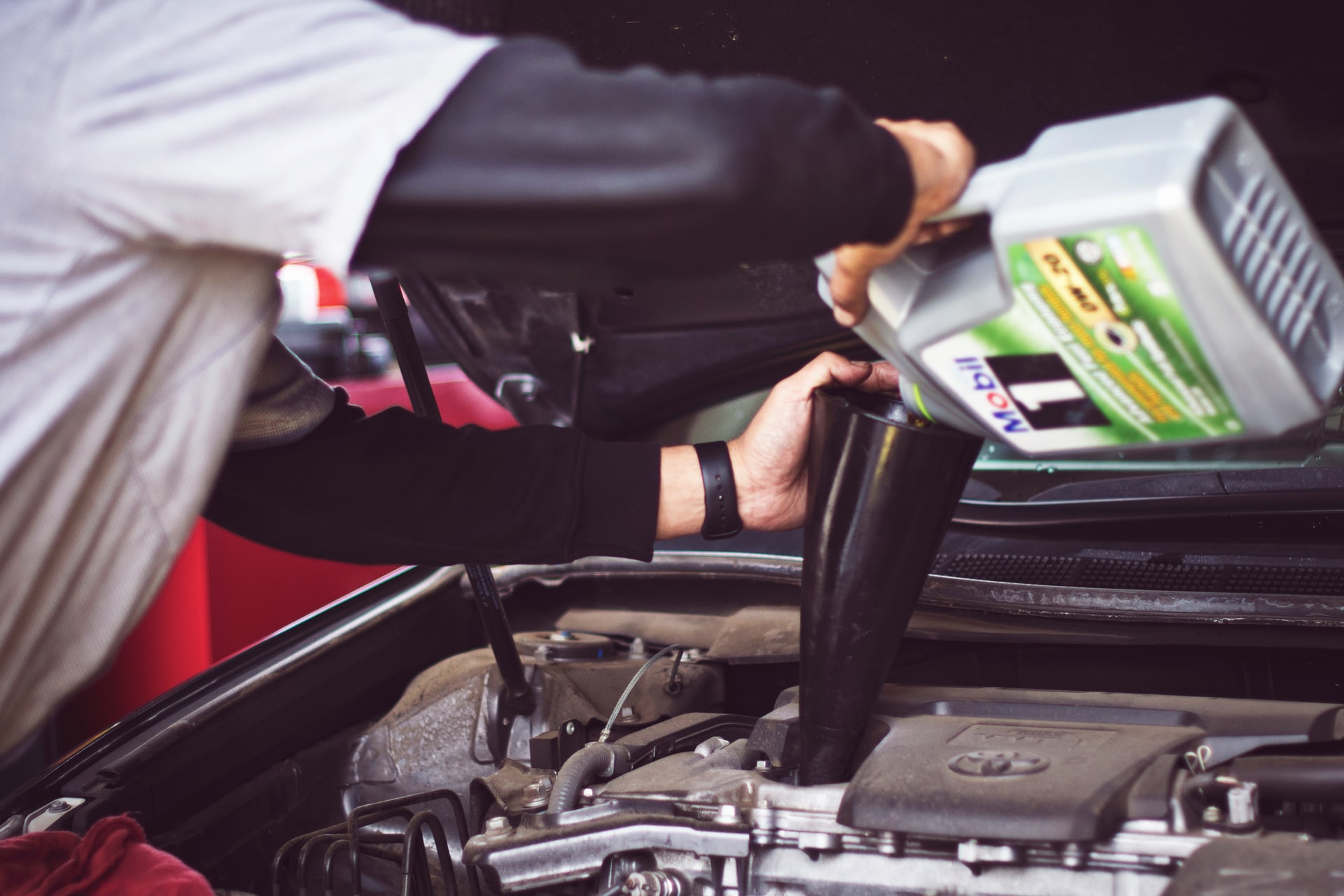Your tyres are a significant part of the overall driving experience as well as the vehicle’s safe performance. Tyres are, quite literally, where the rubber meets the road. They help with accelerating, braking, and controlling the vehicle, and a reliable set of tyres will make the difference between a safe ride and a dangerous one. With regular inspections, it’s possible to spot tyre problems before they get serious. Here are a few tips on tyre inspection.
Check the Depth of the Tread
When tyres have enough tread, they have sufficient traction to hold onto the road. If the tread on your car tyres is less than .15mm deep, it’s time to replace them. Worn tread makes a vehicle unsafe, and it also decreases its handling capabilities. Most tyres have tread wear indicator bars built in, which makes it easy to track tyre wear. If the tread wear indicator bar is even with the tyre’s ribs, it’s time to buy new tyres.
Check the Tyre Pressure
It’s easy to use a tyre pressure gauge to ensure proper inflation. The right pressure for a vehicle’s tyres can be found on a placard inside the driver’s side door or the owner’s manual. Proper tyre pressure helps keep us safe on the road, and it’s important to ensure that each tyre on your vehicle is inflated to the right kg/square meter. Compare the reading you get to the figure recommended by your vehicle’s manufacturer.
Inspect the Tyres’ Sidewalls
Next, examine the tyres’ sidewalls for gouges, scrapes, cracks, and bulges. Cracking typically occurs when the rubber on a tyre starts to degrade from normal wear and elemental exposure. Cracks and bulges indicate the possibility of imminent tyre failure, which means it’s best to replace such a tyre as soon as possible.
Selecting New Tyres
After you’ve decided to change your 4X4 tyres, it becomes easier to select a new set. Start by assessing your usage habits, as well as the seasons and terrain in which you drive. Afterward, it’s simple to find a tyre that suits your driving style.
Maintenance is Essential
Tyre rotation, wheel alignment, and tyre balancing also help tyres become more effective. Age is another crucial consideration; a set of tyres can last up to five years. Maintaining your tyres isn’t just easy and quick, but it also helps keep you safe while saving money. Visit your local online tyre shop for tips on assessing your tyres and ensuring their longevity. If your tyres are worn or damaged, so is your vehicle. When tyres show signs of damage or wear, have them inspected to determine the need for replacement or repair.







